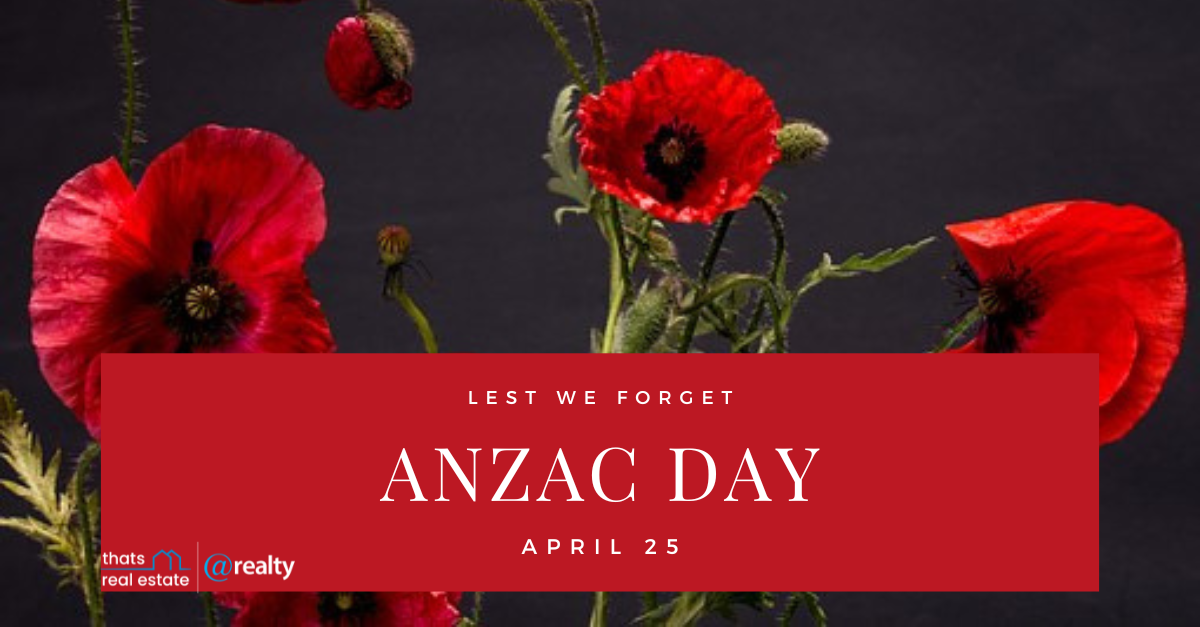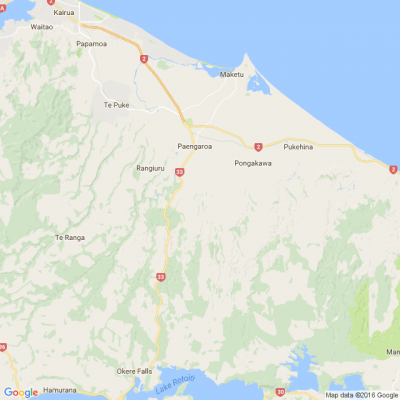Art History: Ancient Practice of Textile Art and How It Continues to Reinvent Itself
We come into contact with textile art every day. From the clothes we wear to the objects that decorate our home, it’s an art that can be simultaneously beautiful and useful. But it should come as no surprise that this field occupies these two categories. At the beginning of its long history, textiles were seen as a utility rather than something that serves no discernible function aside from aesthetics. And while this is still the case today, visionary creatives have helped the art continually reinvent itself.
Textile art is one of the oldest forms of art in human civilization. At its inception, it was not focused on looks, but for practical purposes—such as clothing or blankets to keep warm. This dates all the way back to prehistoric times, and anthropologists estimate that this is between 100,000 to 500,000 years ago. These goods were made from animal skins, furs, leaves, and more.
As time wore on and the neolithic cultures settled, textiles become increasingly complex. Many early pieces were made with felting, which agitates animal fibers (like wool) to interlock them in a strong bond. Beyond that, though, humans also spun fibers to create strands of thread. They were woven together and resemble more of what we’re used to today.
Creating clothing and other textiles was laborious—everything had to be done by hand. This included gathering fibers from plants or animals and then twisting them to make it into yarn. In addition to being a tedious process, making an article of clothing was expensive; tailors and seamstresses altered garments to ensure that they lasted a long time. Depending on how wealthy someone was, they could get imported fabrics and colorful dyes. The Silk Road trade routes brought Chinese silk to India, Africa, and Europe. While clothing was still the dominant type of fiber art, the aristocracy could also afford to decorate the walls, floors, and furniture of their palaces in lush and vibrant pieces.
The Industrial Revolution was a turning point for textiles. With the invention of the cotton gin, spinning jenny, and power loom, creating fabric was now automated and could be produced on a massive scale. Textiles were not just for the wealthy anymore; as prices dropped, they were available to more of society. It also meant that these materials were not as precious, and creative people could experiment with them in previously unseen ways.
The rich history of textiles has laid the groundwork for contemporary creatives. In modern times, the terms fiber art or textile art generally describe textile-based objects that have no intended use. Although this realm has previously been seen as “women’s work,” artists—particularly female artists in the 1960s and 70s—started to reclaim the field and elevate it into high art.
Keep reading: mymodernmet.com...
Poll: Does the building consent process need to change?
We definitely need homes that are fit to live in but there are often frustrations when it comes to getting consent to modify your own home.
Do you think changes need made to the current process for building consent? Share your thoughts below.
Type 'Not For Print' if you wish your comments to be excluded from the Conversations column of your local paper.

-
91.5% Yes
-
8.1% No
-
0.4% Other - I'll share below!
Unelected commissioners recommend they stay in power
That's the Stuff headline. I have watched on as these commissioners proselytize about how they respect democracy-and now this. I acknowledge Simeon Brown has rejected their proposal but all I see is these commissioners trying to cling on to power and their sinecure at all costs. It is unbelievable-they should be ashamed. Ms Tolley (who does not live here), Mr Selwood who gets flown up from god knows where, and the other two-spare me the platitudes about how they are only here for the benefit of Tauranga. No you are not. You are paid to impose what you think we want. What is that? An oligarchy? Democracy is not perfect but far better than what you propose. To completely misquote Bertrand Russell-let the people think. By the way Mr Rutherford (my absent aka missing in action BoP MP) if you can deign to read this-show some mettle.
ANZAC DAY
Half a world away from dawn services in Australia & New Zealand, a small group of dignitaries will meet in Malta this Anzac Day among the neat rows of headstones at sun-baked Pieta Military Cemetery just outside Valletta – as they have since 1916 – to commemorate a moving but largely forgotten chapter of Gallipoli lore.
It is the story of how a tiny, ancient, impoverished and battle-scarred nation in the centre of the Mediterranean opened its arms and hearts to care for thousands of wounded, traumatised and sick young Anzacs, many of them still teenagers, who arrived aboard a flotilla of blood-soaked hospital ships from the battlefields of Gallipoli.
While most of the 57,950 soldiers evacuated to Malta recovered and eventually left, some 202 Australians and 72 New Zealanders did not, and are in war cemeteries across the archipelago.
Apart from their graves hewn from the parched, rocky Maltese earth, there is little other physical evidence the Anzacs were ever in Malta, despite the enormity of their presence over a century ago.
The voyage across the Eastern Mediterranean in these makeshift hospital ships from the Gallipoli Peninsula to Malta was not an easy one. It took the steam ships up to eight days to cover the 1163-kilometre journey.
At the beginning of April 1915, there were 824 military hospital beds in Malta. At the end of May 1915, there were more than 6000 in 14 hospitals spread all over the island. At its peak there were 25,522 beds in 28 hospitals, with the highest number of patients on any one day a staggering 16,004.
We will remember them 🥀 🌺
(article written by Andrew Hornery a senior journalist and former Private Sydney columnist for The Sydney Morning Herald).









 Loading…
Loading…
























